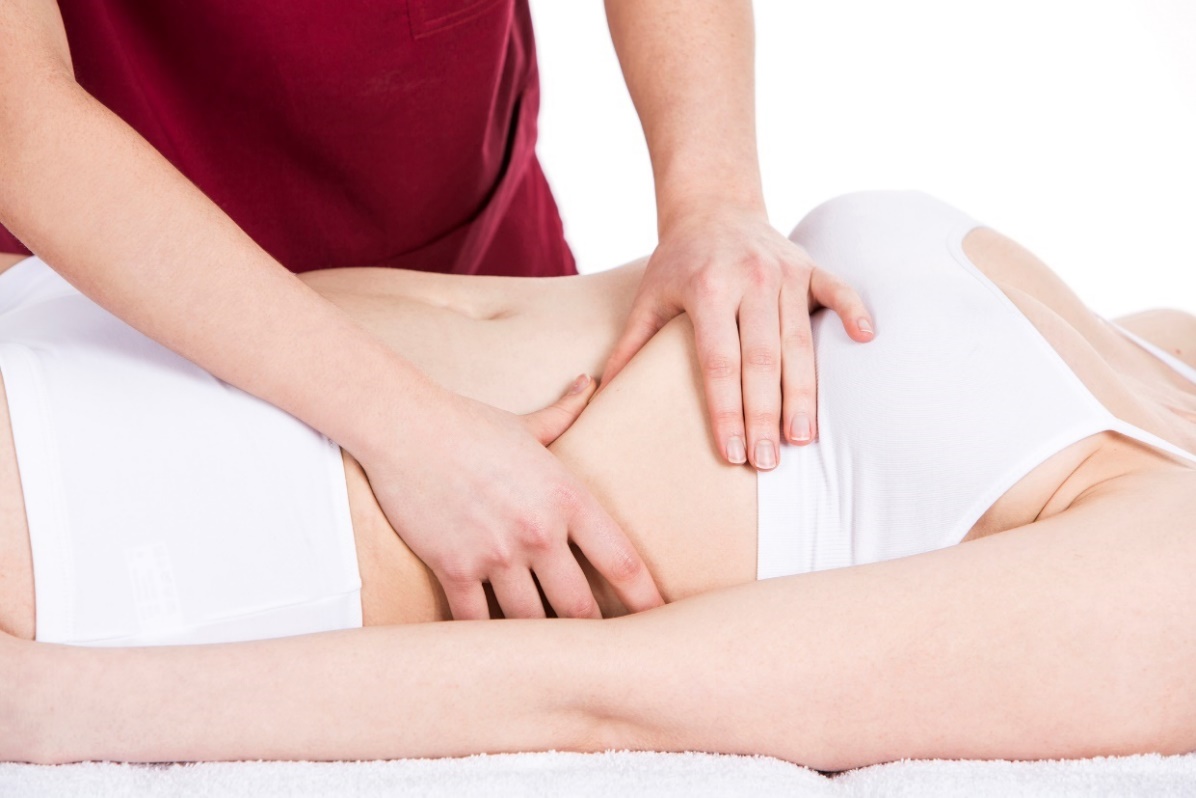How is abdominal diastasis treated? Will medication or exercise therapy help?
Straight abdominal muscle strain can be treated conservatively or surgically.
In most cases, rehabilitation treatment and subsequent re-evaluation of the medical condition and surgery are recommended. In many cases, especially with mild spacing, the results of rehabilitation treatment are excessively satisfactory.
The type of therapy chosen is individual and depends on the patient's state of health. In women, the time since the last delivery and the planned future pregnancy are also taken into account.
Conservative treatment of diastasis
The basic element of non-invasive treatment is regular rehabilitation of the patient with a therapist both in the outpatient clinic and independently in the home environment.
In this case, it is necessary...
Physiotherapy is aimed at activating and stimulating the abdominal muscles, diaphragmatic breathing and strengthening the deep stabilization system of the body.
Rehabilitation goals:
- Activation of the abdominal muscles.
- strengthening of the abdominal wall
- improving spinal stability
- activation of the pelvic floor
- improvement of breathing pattern
- ergonomics of daily activities
Complex physiotherapeutic methods are used, especially dynamic neuromuscular stabilization, the gynaecological exercise method of Ludmila Mojžíšová or exercises according to Julia Tupler.
Elements of the methods primarily focus on strengthening the pelvic floor and activating the abdominal wall.
Exercises should be performed regularly for at least 3 months for results.
Rehabilitation includes the use of exercise equipment such as an overball or ball. Physical therapy in the form of hydrotherapy, thermotherapy, phototherapy or electrotherapy may be used as prescribed by a physician.
A frequently used adjunctive method is kinesiotaping - the application of special therapeutic tape to the body in order to fix the soft structures of the body.
Part of the conservative treatment is ergonomics and learning correct movement habits. An example is avoiding swinging movements such as sitting and lying down. On the contrary, slow standing up over the side is recommended.
Conservative treatment has an excellent prognosis from a medical and aesthetic point of view with regular exercise and adherence to instructions. Especially in abdominal diastasis of moderate degree.
However, consultation with a physician is necessary to determine the exact course of treatment.

Surgical treatment of diastasis
Surgical treatment (abdominoplasty) is used especially in women who have given birth and for whom conservative treatment has not had the desired therapeutic effect.
In some cases, surgery is indicated immediately. This is particularly the case when the width of the abdominal wall spacing is too large.
During the surgical procedure, the staggered and loose abdominal muscles are corrected by returning them to their original position and suturing them appropriately.
From an aesthetic point of view, the resulting skin overhang and excess subcutaneous fat in the abdominal area can be removed as part of the diastasis adjustment.
The surgery is performed under general anaesthesia. The procedure takes 1-3 hours individually. Resting after surgery is required for at least 1 week and full physical exercise is possible after approximately 6 weeks.
During the postoperative period, wearing elastic compression underwear - the so-called abdominal fixation belt - is recommended.
Movement restrictions and recommendations are an important part of the postoperative (often conservative) treatment. The basis of postoperative getting out of bed is the initial rolling onto the side followed by smooth sitting.
It is recommended to avoid swinging movements such as sitting and lying down.
The most common reason for abdominoplasty is abdominal diastasis in postpartum women. The procedure is recommended after 1 year after delivery.
However, this step should be considered in view of a possible planned future pregnancy, which may return the abdominal muscles to an undesirable spacing.
Therefore, it is necessary to consult the medical condition and the type of diastasis treatment with a doctor.
Physiotherapy is not unavoidable even after a possible surgical procedure, where post-operative rehabilitation and especially care of the abdominal scar is necessary.
Soft and manipulative techniques, kinesiotaping, lymphotaping, scar care techniques and progressive specific kinesiotherapy (treatment by movement - exercise) are used.










